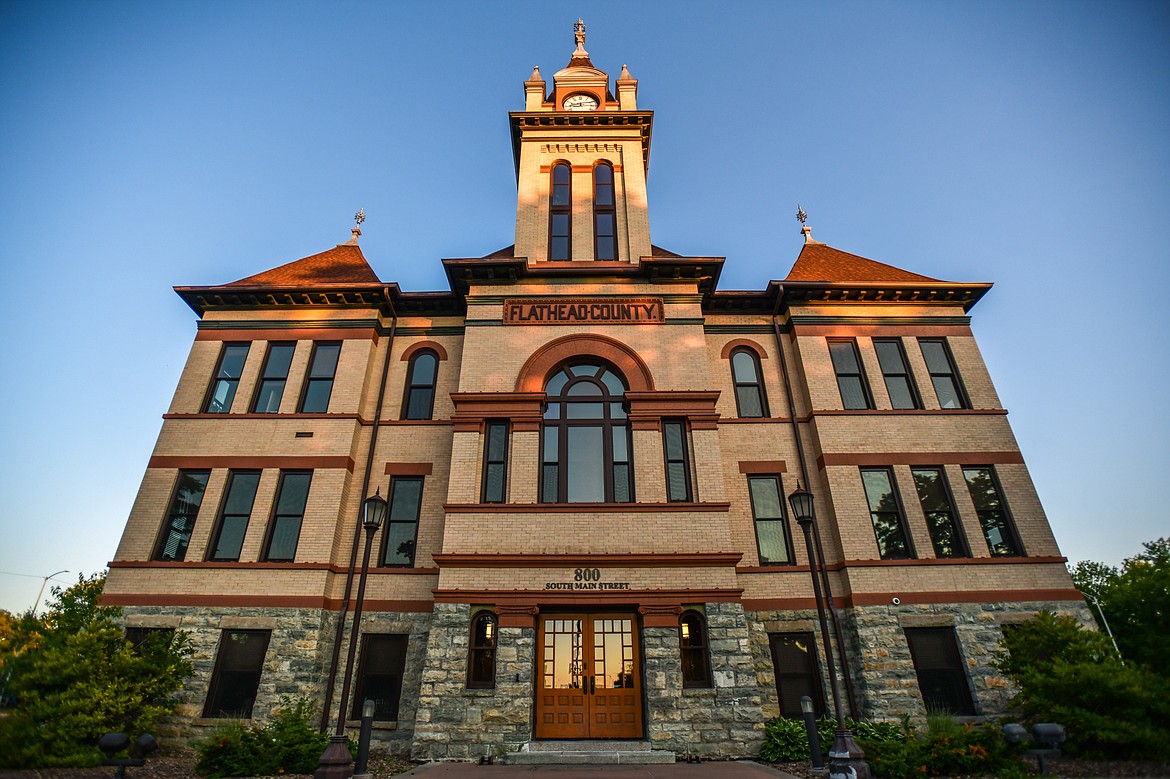Flathead County increases collection of school property tax mills
Flathead County property owners will soon see increased tax bills in their mailboxes.
The county has increased the amount of state school property taxes it will collect bringing it in line with the state’s required number of mills for school equalization funding. Commissioners on Thursday unanimously approved a resolution that increases the mill levy from 77.9 to 95 for fiscal year 2024.
The Montana Supreme Court in November ruled that counties must levy the full mills after several counties in the state decided to levy the lesser amount. Counties argued that rules limiting the amount local governments can collect should also apply to the state, but the high court found that the amount for schools is compatible with the Montana Constitution.
Flathead County Treasurer Adele Krantz said supplemental bills and information on the change will be going out soon. She estimates about 60,000 tax notices were sent out in November.
“We’re going to do our best to not make it confusing, but it’s going to be confusing for people,” Krantz said.
Property taxes are billed annually and due in two payments on Nov. 30 and May 31. Homeowners with a mortgage often pay property taxes with their mortgage payments.
For those who pay property taxes in two payments, the second payment in May will show an increase. Those who have already paid their taxes in full will receive a bill accounting for the change.
Commissioner Brad Abell agreed there is going to be confusion with the change.
“They are going to be paying more taxes than they thought they were,” Abell said. “We were trying to save them some money with this and then the Supreme Court ruled against it.”
Commissioners in October, falling in with several counties around the state disputing the required levy amount, voted to reduce the mill levy. The change amounted to a reduction of $8.5 million in taxes locally, according to the county.
The state has consistently levied 95 mills annually for schools despite a provision in the law that requires a reduction in levying authority when taxable values increase.
The 95 mills came as a response to previous litigation from school districts that found the state was inadequately funding public education due to excessive reliance on local levy funding. It sought to equalize funds between wealthier and poorer districts.
Property taxes rates are based on mills. Each mill equates to $1 which is levied per $1,000 of a property’s taxable value. So when a property’s value increases the amount of tax revenue from the property also increases as the mill rate increases.
City and county governments are limited in the amount they can collect because of a cap in the mills they can collect. Thus, they argued collections are actually less because the number of mills total they can levy decreases as taxable value increases.
The same cap hasn’t been applied to the school levy as the state has continued to levy 95 mills instead of reducing it.
Features Editor Heidi Desch may be reached at 758-4421 or hdesch@dailyinterlake.com.

